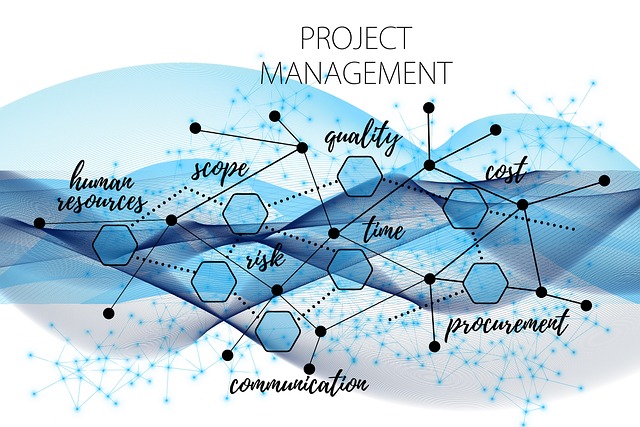Strategic planning in real estate centers on understanding key value drivers like location, market demand, property condition, and local amenities. Prime locations with access to services increase desirability. Market health is crucial for long-term potential. Well-maintained homes with modern features attract higher offers, while local amenities enhance quality of life. Considering these factors, investors can make informed decisions to optimize returns. A strategic planning framework involves assessing the current state and setting goals like renovations or smart home technology integration to maximize property value in a competitive market.
In today’s competitive real estate market, enhancing property value is paramount. This article guides you through strategic planning methodologies designed to maximize asset value. We’ll explore key drivers of property value in the context of real estate, offering a structured framework for effective enhancement. From identifying target demographics to implementing tailored tactics, learn how to optimize your investment. Discover actionable strategies that can transform properties into desirable, high-value assets.
Understanding Property Value Drivers in Real Estate

In real estate, understanding property value drivers is a cornerstone for strategic planning. These drivers include location, market demand, property condition, and local amenities. For instance, a prime location in a bustling metropolis with easy access to schools, hospitals, and shopping centers can significantly enhance a property’s desirability and, consequently, its value. Similarly, the overall health of the real estate market, including trends in sales volume and price appreciation, plays a crucial role in determining a property’s long-term potential.
Property condition is another critical factor. A well-maintained home with modern amenities and upgrades tends to attract higher offers compared to one that requires substantial repairs or renovations. Additionally, local amenities like parks, recreational facilities, and public transportation can add immense value by enhancing the quality of life for residents, making a property more attractive to potential buyers. By factoring these drivers into their strategic planning, real estate investors and homeowners can make informed decisions to maximize their investment’s return.
Crafting a Strategic Planning Framework for Enhancement

Crafting a strategic planning framework is essential in the real estate industry for enhancing property value. It involves a systematic approach to identifying and prioritizing goals that drive market competitiveness and desirability. The first step is assessing the current state of the property, its surroundings, and the broader market trends. This includes analyzing demographics, nearby amenities, and comparable sales data to understand the property’s unique selling points and areas for improvement.
Once the assessment is complete, a strategic plan can be developed with key objectives. These might include renovations to modernize the property, strategic landscaping to enhance curb appeal, or smart home technology integration to meet contemporary buyer demands. By setting clear goals, real estate investors and developers can create a roadmap that ensures every decision supports the ultimate goal of increasing property value.
Implementing Tactics to Maximize Property Value

In the competitive real estate market, maximizing property value is a top priority for homeowners and investors alike. Implementing strategic planning involves a combination of thoughtful actions and innovative tactics to ensure your asset stands out. One effective approach is curating a compelling exterior appeal; first impressions matter, and a well-maintained landscape or a fresh coat of paint can significantly enhance curb appeal, making the property more attractive to potential buyers.
Interior upgrades are equally vital. Modernize outdated spaces with smart home technology, efficient appliances, and aesthetically pleasing fixtures. These improvements not only increase the comfort and functionality of the living space but also elevate its perceived value. Additionally, reorganizing floor plans to optimize natural light and ventilation can create a bright, inviting atmosphere, further boosting the property’s desirability in the eyes of real estate professionals and prospective purchasers.






